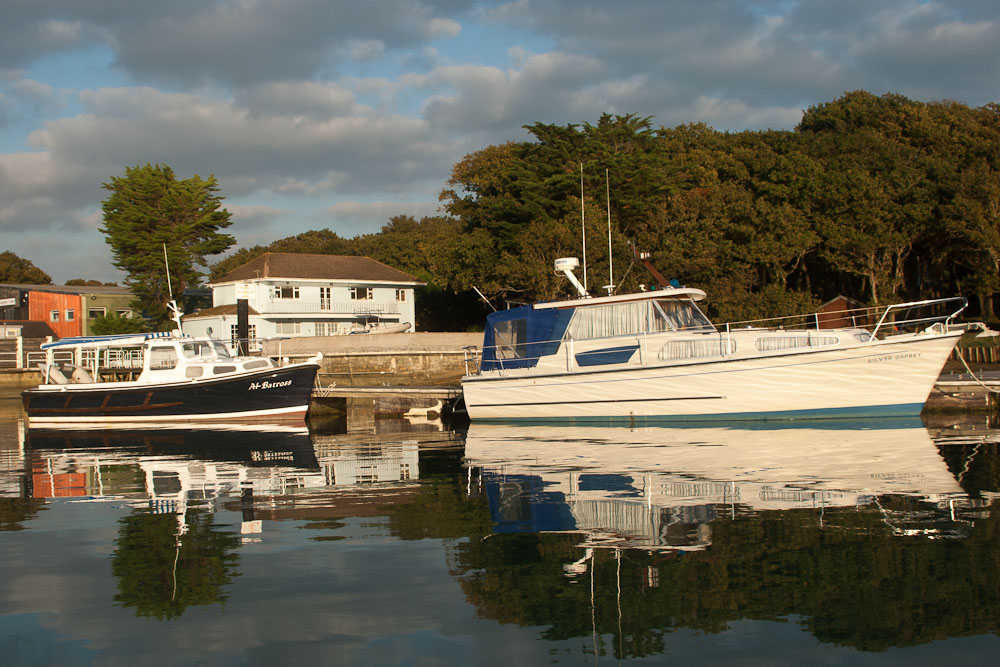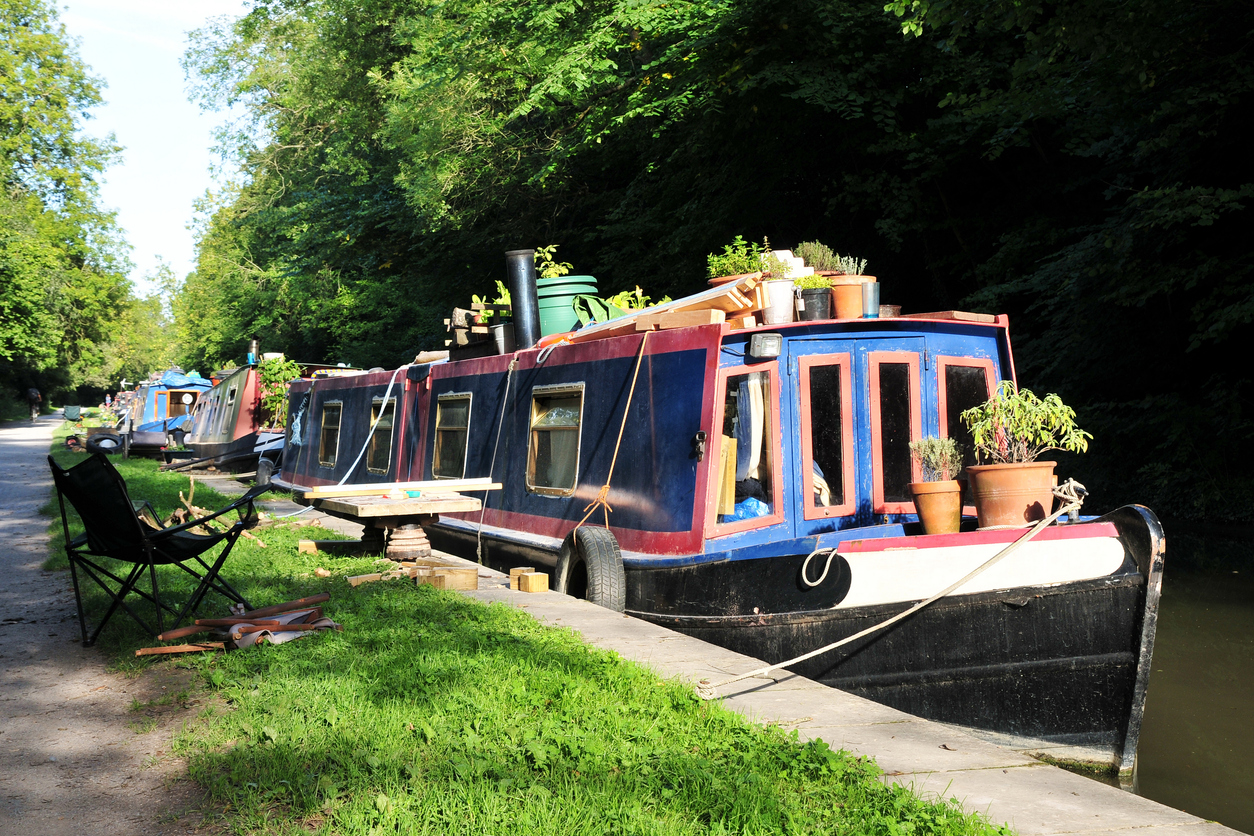It’s a bind we all face: we live to get out on the water, but doing so can impact those environments we love so much to explore. As a boat owner, it can be tough to figure out how best to reduce your impact and still savour the experience. Luckily, it’s easy to make your boating lifestyle more eco-friendly. From sustainable boats to maintenance and upgrades, here are five ways you can boat greener out on the big blue.
Choose a greener boat
Boating green starts at the marketplace. Choosing your boat can be the biggest factor environmentally, so choose wisely. Of course, sailing boats offer the smallest carbon footprint, powered only by the wind. Meanwhile, electric boats are getting more efficient and affordable year by year. If you do need a motor, consider a more efficient four-stroke over a two-stroke. Finally, there’s one especially easy way to reduce the environmental costs caused by production: buy second hand!
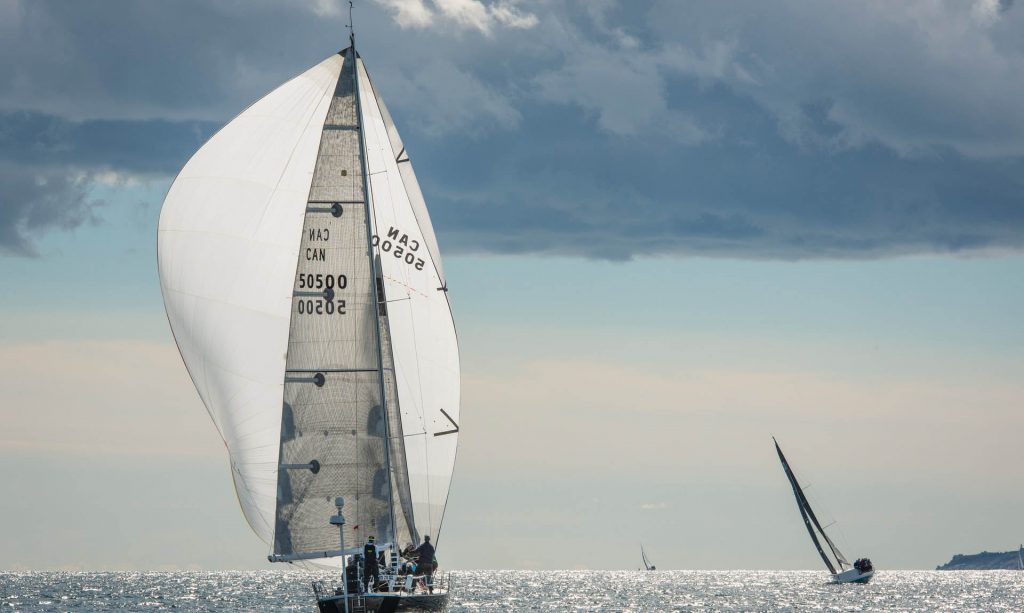
Upgrades and maintenance
If you already have a boat, there’s still plenty you can do. Switch to biodiesel, or reduce your fuel consumption altogether. Otherwise, consider upgrading with features that reduce ecological impact, increase efficiency or even generate their own electricity. We have a handy guide to installing solar panels, and there are also alternatives like wind turbines and hydrogenerators. But the most important thing you can do is also the simplest: maintenance. Besides the obvious benefits to your boat – and your sanity – keeping your boat in good shape can prevent faults, spills or leaks that can have unintended effects on your environment.

Keep the water blue
As well as being unsanitary, dumping untreated sewage (blackwater) or runoff from cleaning (greywater) can hugely impact ecosystems. Definitely avoid dumping anywhere near land, but if possible, try to leave no trace – anywhere. Consider using a portable or composting toilet, or fit your boat with a marine sanitation device (MSD) to keep hold of or even treat waste until it can be disposed of properly at a marina pumpout facility. And, whenever possible, wash clothes and dishes at onshore facilities.

Paint and clean with care
Many products used to clean you – as well as your dishes, clothes and boat – can disturb the local flora and fauna. The same goes for many sunscreens. Luckily, there are many simple alternatives and non-toxic products. But do a little research, rather than always trusting the word ‘green’ on a label. Particularly harmful are anti-fouling paints used on hulls. Try to use modern, non-toxic alternatives or at least be careful how you apply and clean with anti-fouling paints.
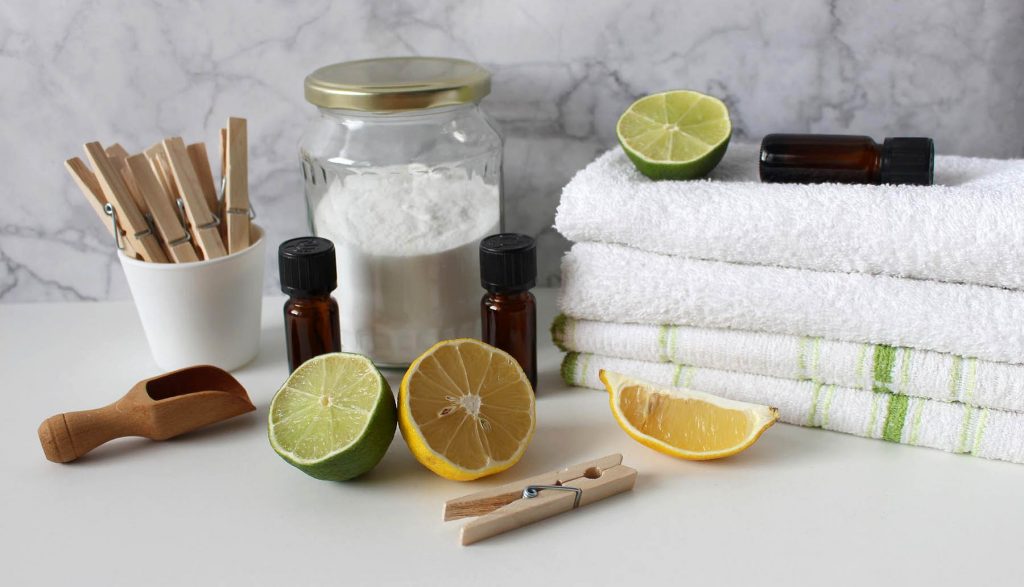
Don’t be rubbish
Finally, though we still often need reminding, eco-friendly boating often boils down to common sense. Try to reuse or upcycle old gear. Be mindful of local wildlife: don’t feed the animals, keep your distance, and take care when fishing, anchoring and navigating shallow waters. Be careful not to spill fuel or oil when refilling. Oh yeah, and don’t litter!
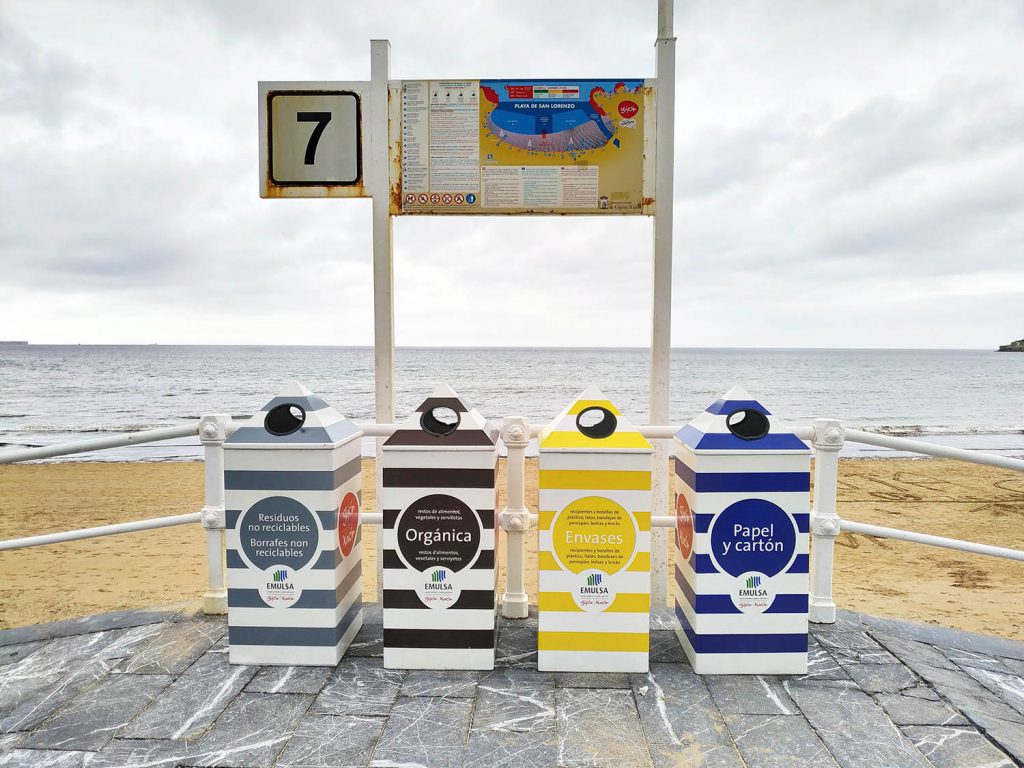
Ultimately, although it’s not always easy being green, there are many small steps you can take to reduce your footprint. And that starts – but doesn’t end – with choosing the right boat, for you and your environment.
